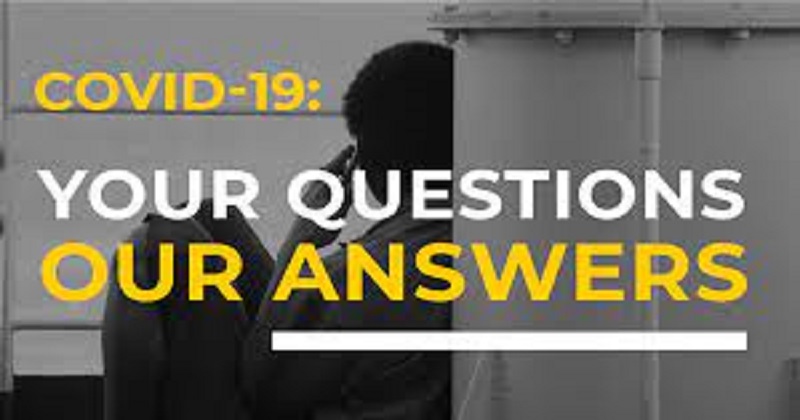
Since the second surge of the COVID-19 pandemic explodes through India, many puzzles have been asked of the Indian government and the means it has managed the upsurge. In an admittedly complex condition, has the government been discovered requiring, or has it gathered all the sources possible at its disposal to administer with the circumstances? Let’s examine some of the problems.
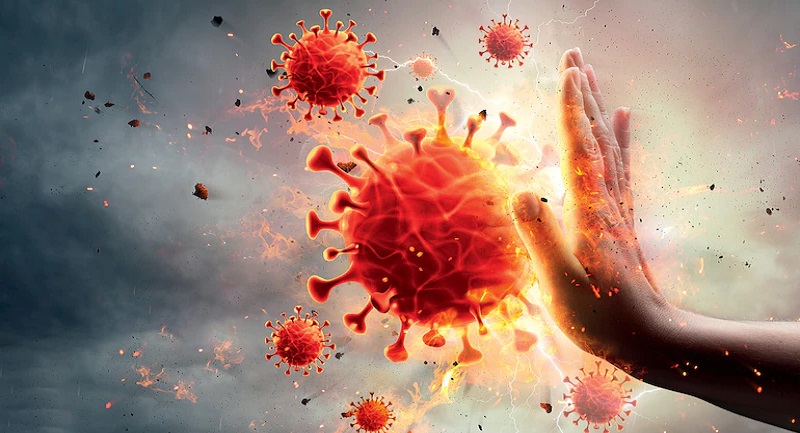
Did India lose to expect the second wave?
The source of this puzzle lies in the point that between January 1, 2021, and March 10, 2021, India was equating less than 20,000 new cases a day and for a vital time, this number had descended to around just 10,000. Nearly every other nation had endured a second wave between October and December 2020 while India, after the first wave height, appeared to have left the second wave. Many domestic ‘experts’ now punishing the government had written various reports during the initial section of this year on why India will not have the following uprising and so India should let pass of the remaining constraints it had like mask order and resume schools and colleges. In the international media, the BBC covered an article on 15 February 2021, titled “Is the epidemic finally coming to an end in India?” The New York Times, Wall Street Journal, and many others were likewise part confused and part proclaiming on India’s appearing withdrawal from a second wave.
The Indian government directed by Prime Minister Narendra Modi was not satisfied. Between January and February, when the numbers were decreased, the central government published 17 reports to multiple state governments to not permit their defender down, to proceed to test aggressively, to ramp up health support, and to be prepared for all eventualities. On 17 March, when the daily cases were still in the 20,000 reaches, Prime Minister Modi himself kept a comprehensive meeting with all Chief Ministers where he openly told them to be on continuous watch, to rigidly maintain social distancing and mask order, to retrain health administrators and reinvigorate administration rules in case they had become blunted.
It would appear that many of the state officials did go unconcerned, particularly the states where the second surge appears to have started in Maharashtra, Kerala, Delhi, Chhattisgarh, Punjab, and Karnataka. By the time they began inserting their acts collectively, the second wave was in full fledge.
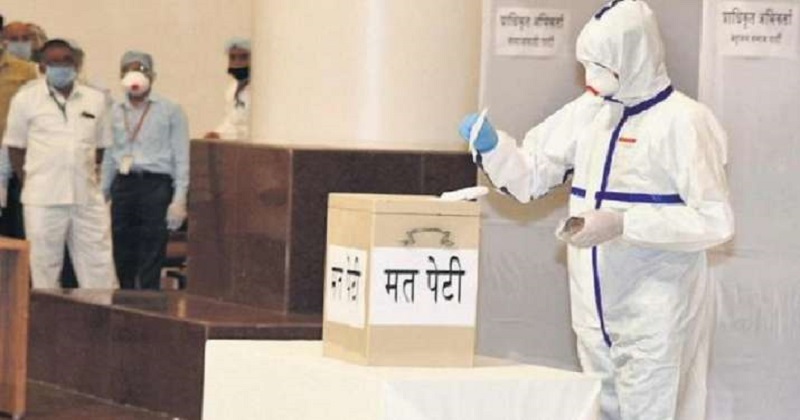
But why hold polls amidst a pandemic?
Holding polls at the scheduled time is a legal necessity as assemblies are mandated to convene once every six months. Changing the constitution to have held the assemblies of these five states Kerala, West Bengal, Tamil Nadu, Assam, and Puducherry in delayed animation and under the basic law, would have been a formula of disaster and entirely autocratic. World over, polls have been conducted during the pandemic. India too held the Bihar elections in November 2020 without much trouble.
The actual question is, could significant constituent assemblies have been evaded? The BJP had executed this definite program to the Election Commission of India before the Bihar elections that placed off physical gatherings and let there be only virtual campaigning. Every other political party firmly rejected this movement. Their request was the BJP is better created hence they will have an influence in the virtual world and hence level playing range will not be there. In the lack of agreement, the Election Commission could not impose a decision and the current systems remained.All political parties carried on with physical demonstrations in the five states that moved to the polls. Huge roadshows were arranged in Kerala by Rahul Gandhi. Mamata Banerjee kept her mega gatherings in West Bengal. The BJP did the rallies where it was contesting. But there were no polls in Maharashtra or Chhattisgarh or Delhi or Punjab where the numbers began increasing dramatically by the end of March. Hence, the dispute that election gatherings are the accused is not supported by data.

What about Kumbhmela in Haridwar?
Kumbh Mela is a very respected religious gathering in India. Its data and time are determined by saints and not governments. As the COVID cases had fallen in January and February, a tentative go-ahead, on the dates intended, was given. Very stern rules for entry, testing, quarantine, and other medical protocols were implemented during the meeting. When the Kumbhmela started on 1 April, India was recording 72,000 cases. Out of this, six states alone Maharashtra, Chhattisgarh, Kerala, Karnataka, Delhi, and Punjab provided over 76% of the cases. None of these had anything to with the Kumbh Mela. Uttarakhand on 1 April had 293 cases, on 8 April had 1,100 cases. Though, as the pandemic swelled all over the nation, Prime Minister Modi himself meddled and sued the seers to finish the gathering before the due date and which they made.
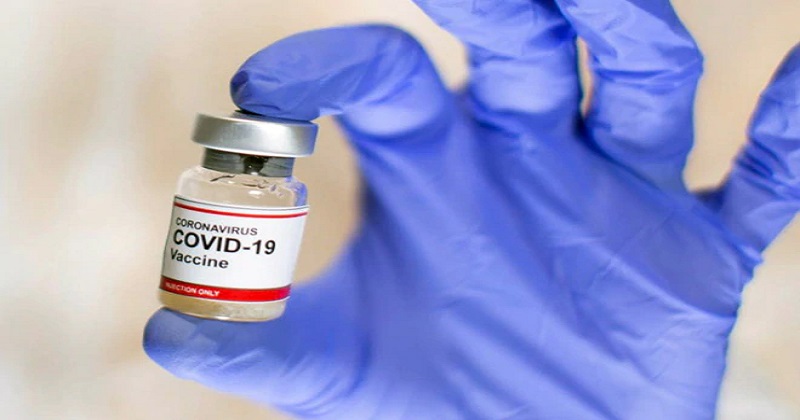
India’s vaccination policy — is it right?
India has provided emergency use consent to two domestically made vaccines, Covidshield and Covaxin. Out of this, Covaxin is natural, under a special plan endorsed by Prime Minister Modi, where the government medical body ICMR partnered with Bharat Biotech to develop and extend the vaccine in a record period. Despite an offensive drive begun against Covaxin, unfortunately by very honest politicians, India formally began the vaccination initiative on 16 January 2021. It was planned in compliance with medical theory and WHO references to lessen fatality among the most exposed and then progressively move ahead. Therefore, vaccination of health care workers began on 16 January; on 2 February front-line workers became fit; from 1st Mach all above 60 years and those above 45 years with comorbidities became acceptable; from 1 April everyone above 45 became eligible and from 1 May all above 18 are eligible. So far India has injected 173 million people, the quickest speed in the world. It is obtainable free of cost to all above 45 and to even those between the age group of 18-44 through the central government course.
Other vaccines, which have been confirmed by drug controls in the USA, UK, and Europe, and the Russian Sputnik vaccine have also been provided sanction and many of them are in the means of arriving in India.
A question is asked as to why did India export vaccines before they injected the domestic population? As of 11 May 2021, India has exported a total of 66.3698 million vaccine doses to foreign countries. At the same time, about three times as many vaccine doses have been given within India.There were contractual necessities for the producers to provide vaccines to many nations, particularly from where raw materials were sourced. Moreover, it has been the time-tested culture of India to endure up for the whole of humanity in times of requirement. As US President and the French President both recently asserted, when the world was in want last year, India supported the world with medicines and other stocks. When India is presently in need of help, the world is returning the sign of goodwill.
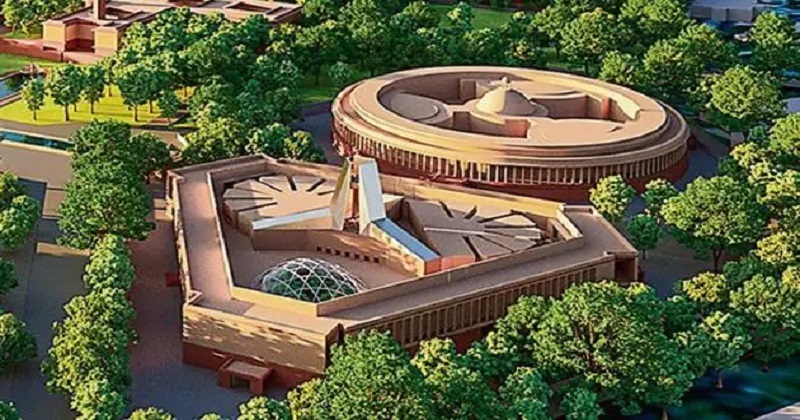
But why Build Central Vista during a pandemic?
After the big crisis, US President Roosevelt was asked why was he spending so much in constructing new infrastructure, including a total overhaul of Washington DC, when the money could be applied elsewhere? His answer is a balanced governance address. Infrastructure investment sparks a moral series of economic improvement employment for semi-skilled and unskilled workers, demand generation for the complete manufacturing and core area, and a wave in allied services and hospitality sector. Following a year of lockdown and sad economic action, the government of India is properly using money on fruitful economic activity, creating jobs, stimulating the urban landscape, encouraging allied sectors, and assuring that those at the bottom of the pyramid are not further stressed by shutting down the only sector that can profitably use them. The central vista project is now endorsed and it would make no reason to stop it and depress economic venture.
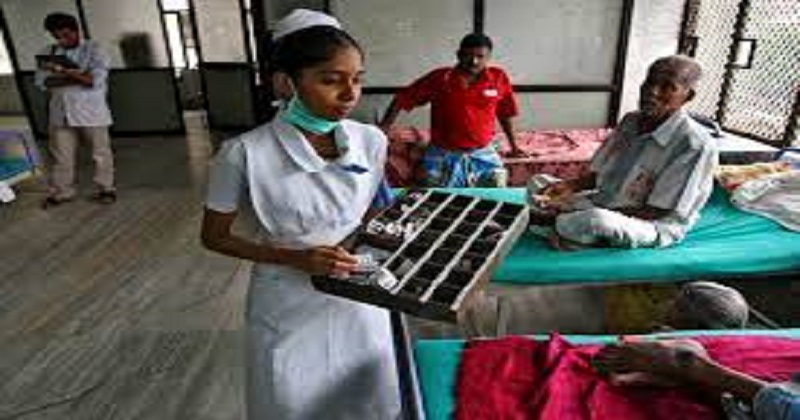
Has the medical infrastructure shortage been fixed?
On 25 March 2020, India had 10,180 isolation beds. Now, this number is more than 1.6 million. In the same period, ICU beds have risen from 2,168 to over 92,000. India’s normal daily medical oxygen demand before the current peak was approximately 700MT. The demand swelled to almost 9,000 MT in a few days a plunge of almost 1,200%. The production trial was extensive. But the even bigger challenge was to adhere to the logistics of such waves in cylinders and supply chain. Although there have been very unpleasant days, the worst aspect is conceivably over as both the supply and logistics of delivery have begun settling in place. Production of medicines like Remdesivir has been ramped up from about 4 million a month to almost 10 million a month. To increase labor, the government has allowed, on skillful guidance, medical interns to be extended with complete safety protocol and amount of internship.
Prime Minister Modi has individually observed the mobilization of the armed forces for ensuring supplies and in fixing up dedicated emergency medical facilities in multiple centers. PM CARES capital has been extended to establish in situ oxygen generating plants in the biggest hospitals. Together, 551 new producing systems, in addition to 162 now approved, have been approved. DRDO is also using the PM CARES capital to establish up extra 500 medical oxygen plants. Therefore, a total of more than 1,200 plants will arrive up. This will guarantee each district in the country will soon have medical oxygen generating equipment. PM CARES fund has also been applied to procure state-of-the-art ventilators and over 150,000 DRDO advanced SpO2 sensing-based oxygen control systems. The free food and ration system, comprising 800 million Indians, has been extended for another three months. A new anti-COVID oral drug produced by DRDO — 2-deoxy-D-glucose (2-DG) has just been confirmed. It has been confirmed very efficaciously in battling the virus.
Read more; State grants “Free education to the children” who lost their parents due to COVID-19
What is next?
India is battling with the second wave with full commitment and resolve. The seven-day going average of new cases has recorded a decline for the first time in weeks. As medical infrastructure can satisfy the need, and new dynamic rules of containment being set in places like Uttar Pradesh and Maharashtra, the expectation is that India shall get over this tough time very soon. The obvious heroes of the struggle that India has been pursuing against the second wave have been the medical experts and the front-line workers. Their commitment and assistance shall expectedly soon yield results.

Post Your Comments